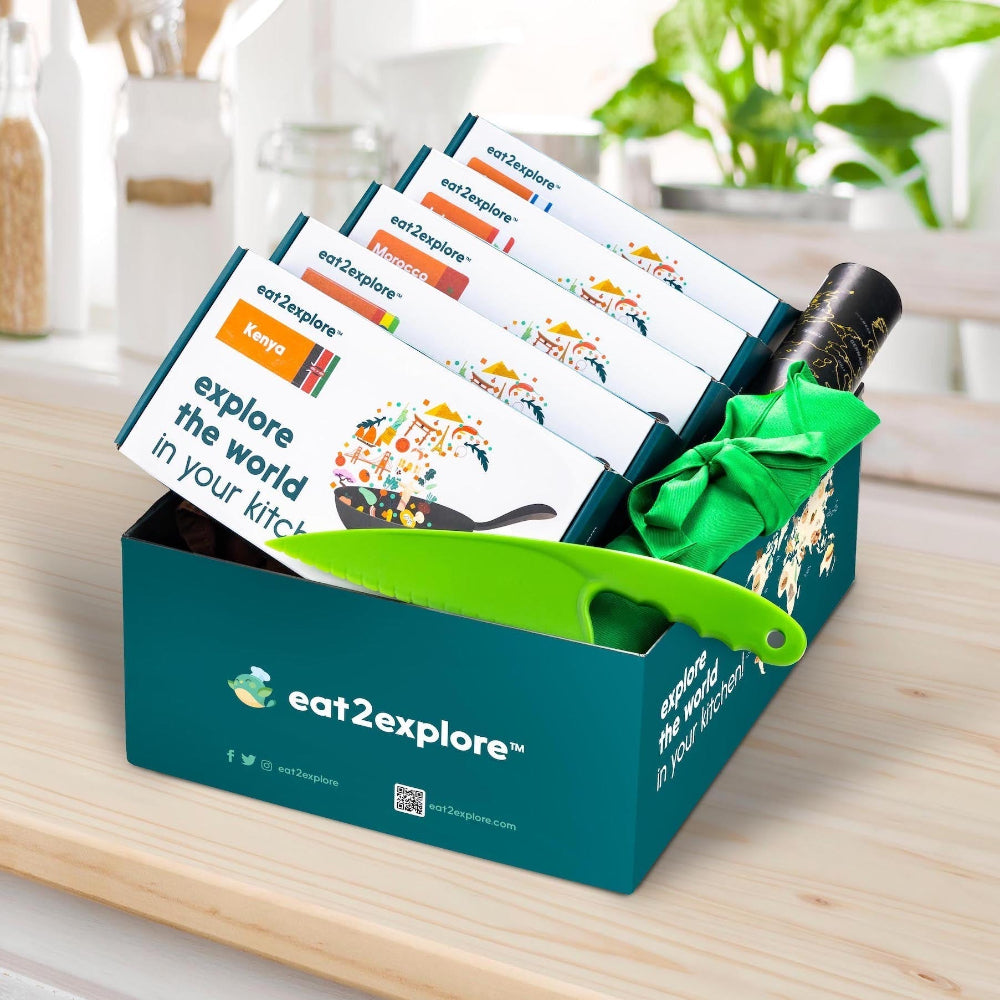April 17th is National Haiku Day!
Let’s dig into the history of this short form of poetry.
What is Haiku?
Haiku is a special form of Japanese poetry that’s made up of only 3 lines. Unlike other kinds of poetry, the lines don’t rhyme.To uncover where haikus came from, we’re going back to 17th century Japan.
During what is called the Tokugawa Period, from 1603 to 1867, Poets wrote long poems with each verse created by a different person. This type of poetry was called a renga.
The beginning of a renga is a hokku.
One person starts the poem with the hokku, which establishes what the rest of the poem is about.
The poets couldn’t just write about anything, though. To follow the format, they had to include things like the seasons or time of day and a feature of the landscape that stood out, making the hokku almost a poem by itself.
Students learning to write a renga practiced with the hokku

With all the practice writing, people started to appreciate the little verses. They started to catch on.
There is one person that’s recognized for being the greatest writer of these short poems. That’s Matsuo Basho.
From servant to poet
Matsuo Basho was born into a warrior family in feudal Japan, in a place called Iga Province. It wasn’t too far from a city called Edo, (modern-day Tokyo).
This was a time when powerful families and the military power warlords, or shoguns, and their warriors, or samurai, ruled Japan.
Being born into a warrior family, Basho was placed into service of a young samurai lord, Todo Yoshitada.
Yoshitada introduced Basho to the popular literature of the time. Together they began to write the beginning parts of the renga. They called it “haiku no renga.”
Haikai is a funny, or humorous, type of renga. They just had fun with it.
Sadly, Yoshitada died at an early age. Because of that, Basho was left without a master. In the culture of the time, a samurai servant with no master became a wanderer. That’s what a ronin is.

He didn’t become a rogue warrior though. After the death of Yoshitada, Basho dedicated his life to writing the best haikai he could.
And that’s just what he did. He lived in Tokyo for a while and had people that learned this “new” style of poetry from him. Basho had started turning the short verses into an art form. He died on October 12 and this day is celebrated with a memorial called the Bansho Festival.

He developed his own formula, and it’s still used today.
The Haiku form
In Japanese, the haiku is composed of 17 mora. The term mora is like the weight of a syllable. And it was written in a vertical line. Rather than reading from right to left, it’s read from top to bottom.
There isn’t an exact translation of mora in other languages. It was adapted into the form that’s familiar today.
Composed of, usually, 17 syllables in 3 lines. The first line is made up of words totaling 5 syllables. The second line makes up 7, and the last line is the final 5 syllables. Something like this:

The lines don’t need to rhyme, and the 17 syllables isn’t a strict rule. The point of the poetry is saying as much as you can with as few words as possible. There’s no room for being super-descriptive.
While the form had been around since the 17th century in Japan, but it wasn’t until the 19th century that it became known as a haiku.

Today the term haiku is used to describe all poems that use the 3-line 17-syllable structure.
Until 1905 the poetry form was exclusively Japanese. Then a man named Paul-Louise Couchoud discovered the short verses and began translating them into his native language of French.
He brought the poetry back to Europe and introduced it to more people. The form quickly caught on, becoming a fun way to write poetry.
The haiku has remained an art of saying a lot and suggesting more in as few words as possible.
Celebrating the Art - Write Your Own Haiku
National Haiku Poetry Day began in 2007, on the 17th day of April…for the 17 syllables that a traditional haiku is composed of!
Get creative with it! A haiku captures a moment, a feeling, a season, or an event. It uses “sensory” words.
What it sounds like - a whisper of wind.

What it smells like - summer and cut grass.

What it tastes like - ice cream in a cone.

What it looks like - gentle rain falling.

While it seems pretty simple, the challenge is to come up with the right words, that fit the syllables, to make it all work.
Try writing your own haikus while you enjoy delicious foods from our eat2explore Japan Box!







